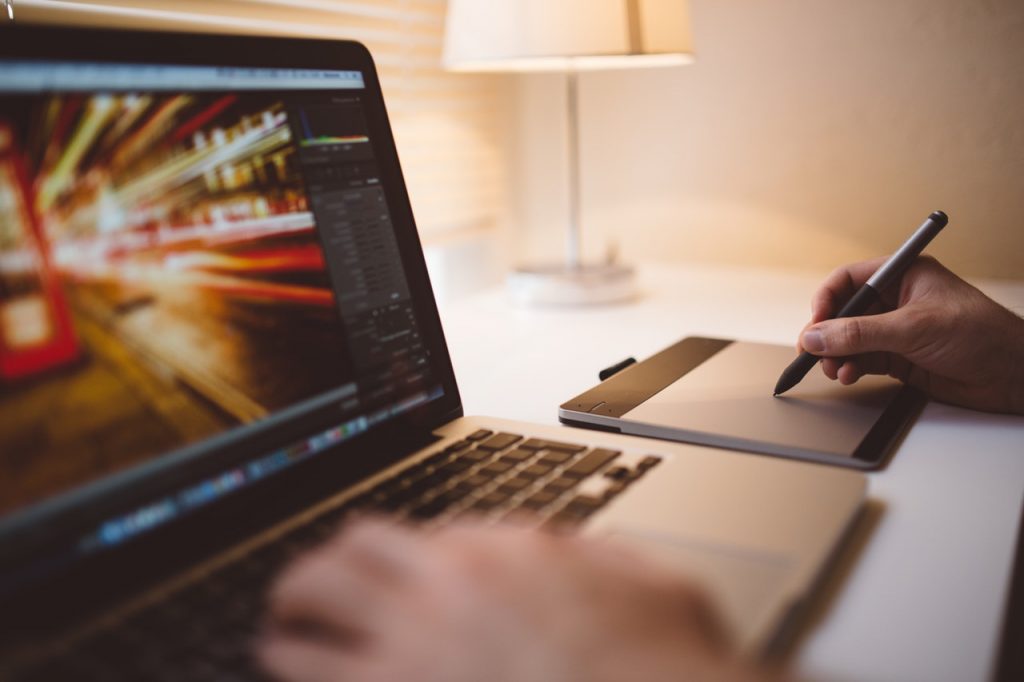What is Experience Design?
#1. It’s Not Just Digital Design
When you think of experience design, you may immediately be drawn to ideas about the user experience (UX), which is an especially important factor in web and software design today. The idea that design has evolved from being solely a problem solver to something that now creates meaningful experiences particularly holds true in light of the move from broadcast to dialog. In short, this is a shift from a one-directional conversation between the brand and the consumer, towards two-directional conversations – for example, engaging with customers via social media. Therefore, experience design can be many things, rather than just digital.
#2. It Includes the Design of Customer Experience
Experience design has a very holistic nature. It includes the Customer Experience (CX), which in turn consists of a wide range of factors that affect the field of experience design. Customer Experience looks at the experiences that customers are having across every touchpoint of a brand, especially when considering the concept of closure experiences. These experiences consider the entire life cycle of a product or service, from start to finish, ensuring that no negative experiences will arise for the customer and that each party involved in the transaction is satisfied. A closure experience aims to highlight any issues that arise when brands fail to adequately close customer relationships. Clockwork can help you learn how experience design can improve the customer experience provided by your brand.
#3. It’s an Iterative Process
Similar to User Experience design, experience design is encompassing of an iterative learning process. It includes several key processes for learning how experiences can be crafted, such as prototyping and the use of iterative processes such as The Learning Spiral. The spiral begins by doing something, then moving on to reflecting upon it, before generalizing the learning and finally, applying it to a particular process. Prototyping is another powerful tool used in experience design to test out ideas at their early stages, which is useful to include the client at an early stage and close the anxiety gap while aligning and concreting ideas within the team. Finally, when someone asks- what is experience design then you can answer- experience design is an idea that is still relatively young and evolving, which means that there is still a long way to go before brands can begin to understand the many benefits of this holistic process fully.
